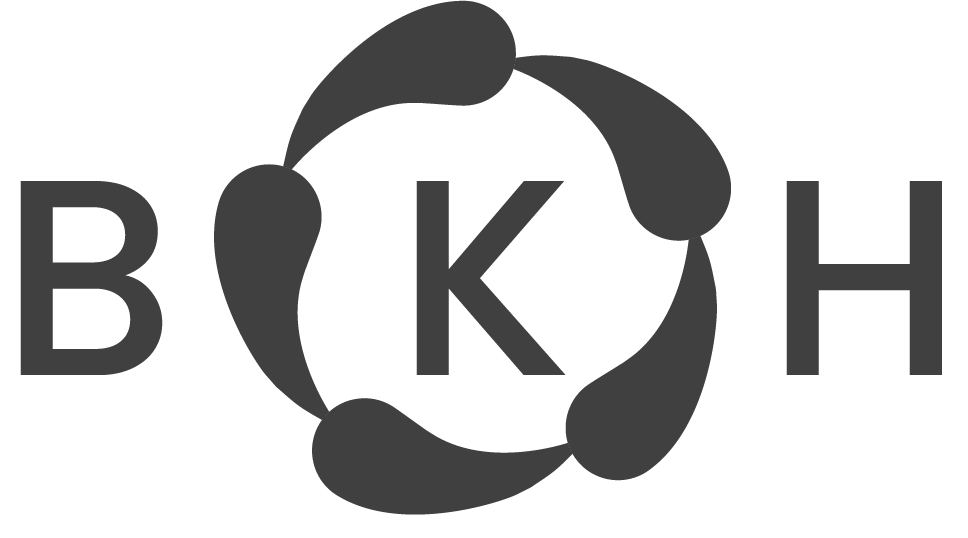Primary biodiversity information is recorded in thousands of independently created databases and data sets across the world. Heterogeneity among these data sources creates a barrier to data integration and reusability. Data standards enable data managers to publish data in structures and formats that can be shared efficiently across the scientific community. Publishing standardized data also creates a key efficiency in data harvesting and aggregation that enables the building of massive biodiversity data portals, such as Global Biodiversity Information Facility (GBIF), the Ocean Biogeographic Information System (OBIS), iDigBio, as well as the Atlas of Living Australia (ALA) and other national data portals.
Biodiversity Information Standards (TDWG) is a non-profit, scientific and educational organization established to promote the sharing and integration of information about the world’s heritage of biological organisms. To achieve these goals, TDWG develops, ratifies and promotes standards and guidelines for the recording and exchange of data about organisms and species, and acts as a forum for discussing all aspects of biodiversity information management through meetings, online discussions, and publications.
The Darwin Core and Audiovisual Core are TDWG’s most widely used standards. They enable data providers of all kinds, from research organizations to governmental agencies, and even citizen science infrastructures, such as eBird and iNaturalist, to publish data into the larger scale data aggregators mentioned above.
TDWG is an international organization, operating across countries and regions. Its standards are developed by interest and task groups, which are open to anyone with interest and expertise. The process for establishing groups and ratifying standards is described in the TDWG Process. TDWG also has “lighter-weight” procedures to maintain standardsincrementally. Currently, TDWG has 20 different task groups actively working on improving existing standards and developing new ones to broaden the scope of biodiversity information that can be easily integrated.


